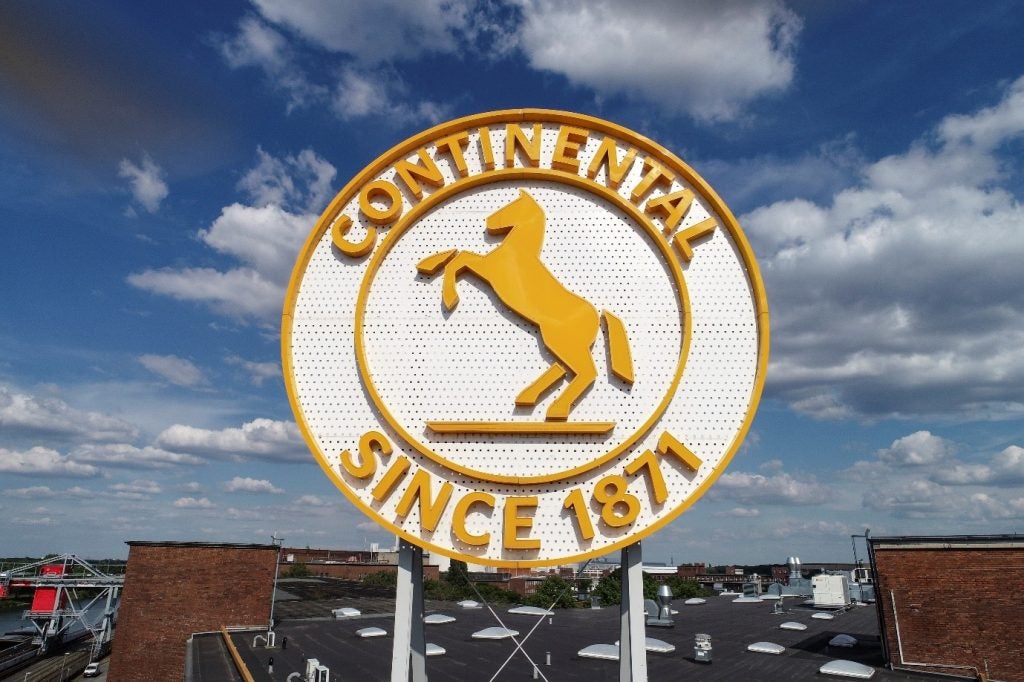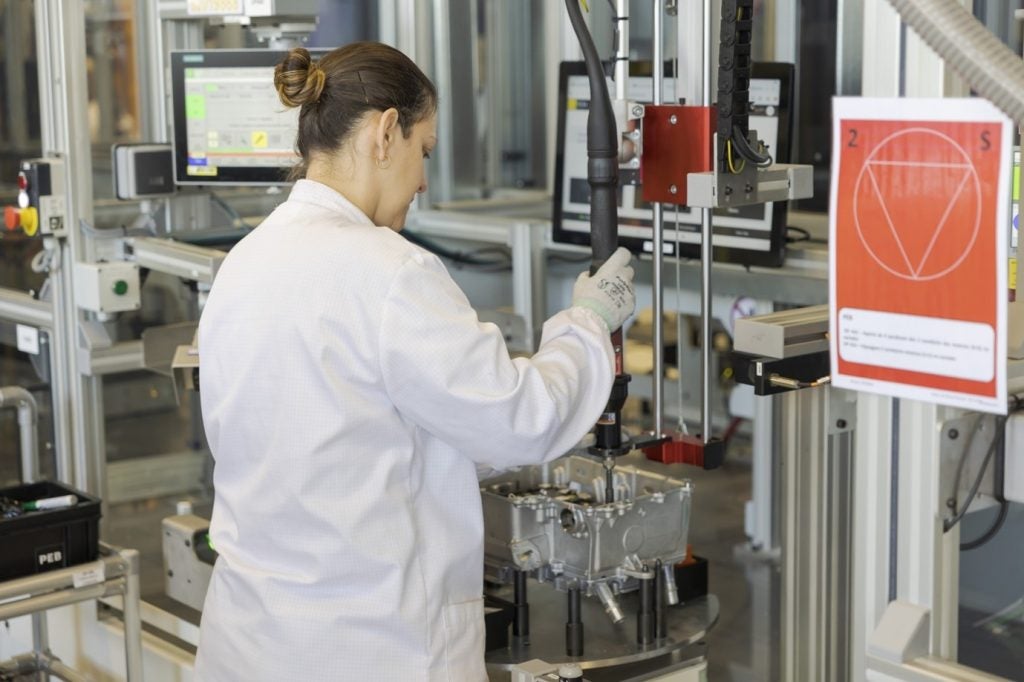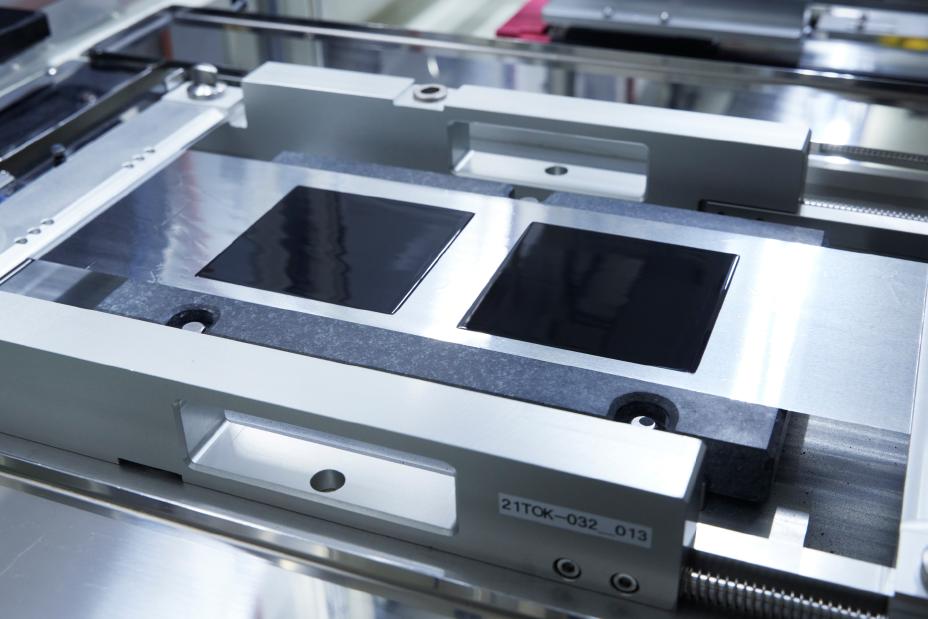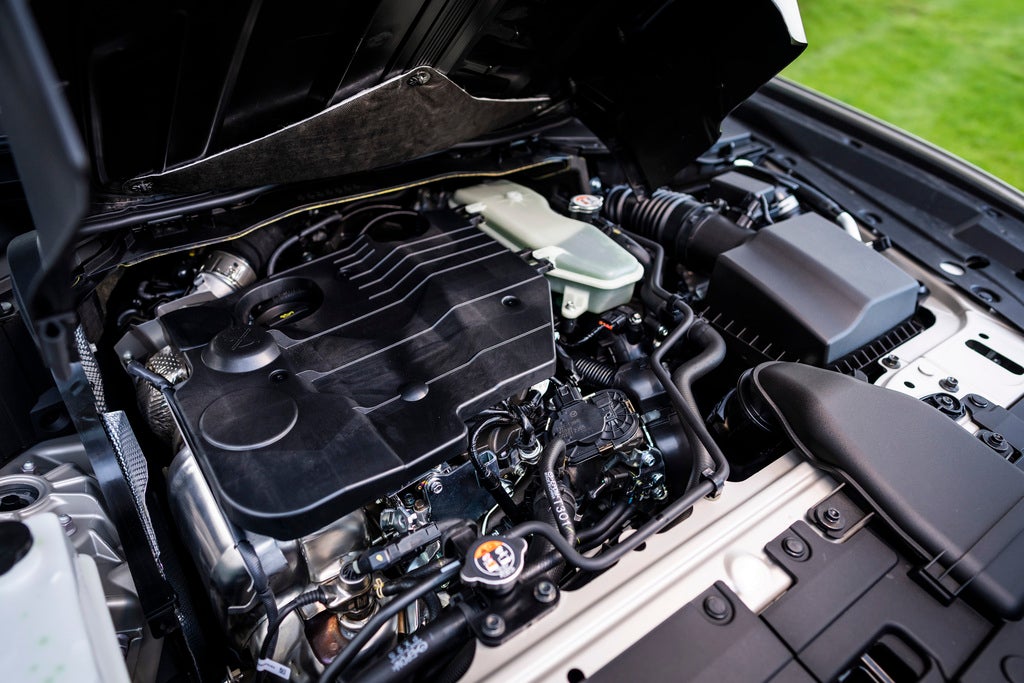Forecasters are optimistic about European light vehicle production in 2004 and 2005 – despite slow sales in January.
Vehicle production fell 0.4% in 2003, after dropping 1.8% in 2002. But research groups such as RL Polk in Essen, Germany, forecasts growth for both this year and next.
On average three forecasters polled expect European light vehicle production to grow 1% in 2004 and 1.6% in 2005.
All the forecasts were compiled in late February or early March, and thus take into account the weak January sales.
“The stalled start to 2004 is not unexpected as a recovery in demand side factors is not expected to trickle down to the car market until Q2,” says Mark Fulthorpe, director of European forecast services at CSM Worldwide. “While economic recovery in Europe will be less dynamic than in other regions, it will be better than 2003 – and recovery will be consolidated in 2005.”
How well do you really know your competitors?
Access the most comprehensive Company Profiles on the market, powered by GlobalData. Save hours of research. Gain competitive edge.

Thank you!
Your download email will arrive shortly
Not ready to buy yet? Download a free sample
We are confident about the unique quality of our Company Profiles. However, we want you to make the most beneficial decision for your business, so we offer a free sample that you can download by submitting the below form
By GlobalDataPwC AUTOFACTS says West European light vehicle assembly in the final quarter of 2003 was slightly stronger than anticipated after manufacturers brought stocks into line with demand earlier in the year.
The “economies of mainland Europe remain fundamentally sound save for low levels of consumer confidence, although there are signs of a cautious upturn in this indicator,” says Calum Macrae, a senior forecaster with the group.
But Macrae says “real recovery in the German market cannot be expected before 2005.”
Macrae says a higher level of ‘incentivisation’ may have to be factored into the 2004 market.
“There’s a lot of sharp pricing out there already,” he says. “It could be that faced with a flat market in 2004 manufacturers will increasingly look to incentives.”
PwC AUTOFACTS forecasts that Poland will be a significant contributor to assembly growth as important products for Fiat and Volkswagen hit full production there.
RL Polk analyst Thomas Mawick says European sales will support production. Polk expects a West European sales increase of 1.5% in 2004 and 0.9% in 2005.
But like others, Polk predicts that production will run a little ahead of demand. Exports will be led by new SUVs such as the Volvo XC90, Porsche Cayenne and BMW X3, Mawick says.
He adds that “negative consequences on export volumes to the US” caused by the more unfavourable euro-dollar relation “are not assumed.”
In Europe, Polk looks for new models in volume segments to drive demand and production. Among them are the Volkswagen Golf, Ford Focus, GM’s Astra, the Mercedes-Benz A-class and monospace variants such as the Volkswagen Touran and Ford C-Max.
Import substitution will also boost European sales, says Polk, which expects lower imports from Asia as Japanese production in EU countries is extended.
SupplierBusiness.com







